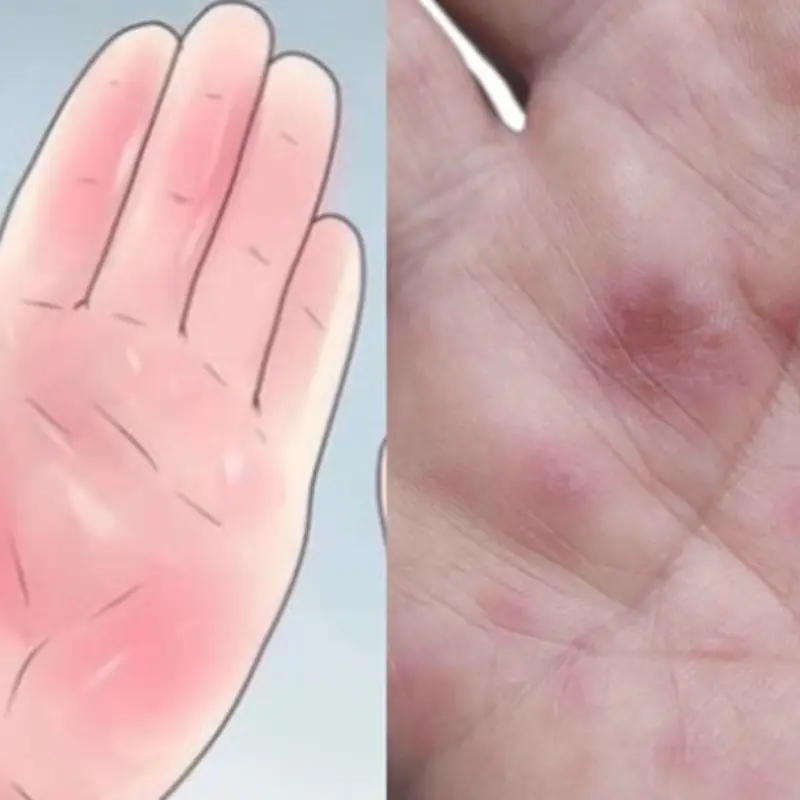
Washing rice directly in the rice cooker does more harm than good
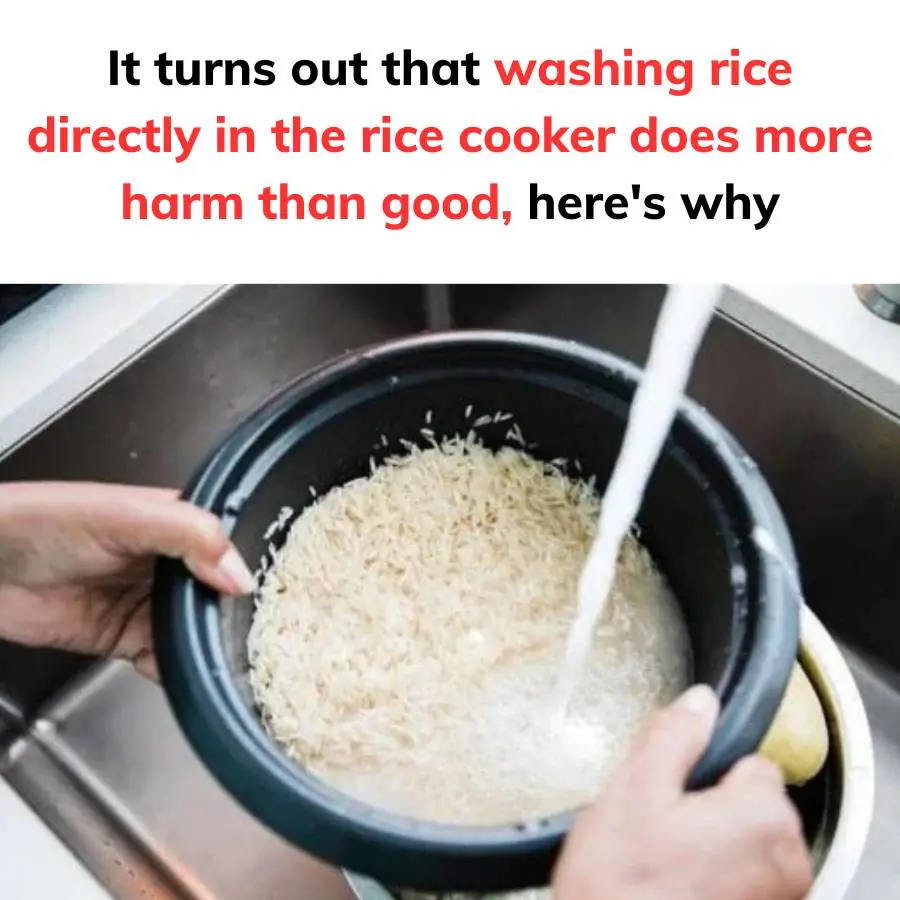
Give up the habit of washing rice directly in the rice cooker and replace it with a more hygienic way to wash rice to protect your health and prolong the life of the device.
Washing rice is an important step in the process of cooking rice, helping to remove impurities and ensure delicious, soft rice grains after cooking. Many people often wash rice right in the rice cooker because of its convenience, but this method is not recommended because it can affect both food hygiene and the durability of the pot.
Why shouldn't you wash rice directly in the rice cooker?
Washing rice in the rice cooker can cause many unexpected harmful effects, affecting the quality of the rice, the durability of the device and the health of the user. Here are the reasons why you should give up this habit.
- Damage the non-stick coating
Most modern rice cookers have a non-stick coating that prevents rice from sticking to the pot. When washing rice directly, the rice grains can rub and scratch the non-stick coating. Over time, this layer will peel off, making the rice sticky, burnt and even harmful to your health.
- Reduces the life of the pot
Not only is the non-stick layer affected, scratches also allow water and dirt to penetrate the metal underneath, causing oxidation and corrosion. This reduces the life of the rice cooker, forcing you to replace it sooner.
- Affects the quality of rice
A damaged non-stick layer can cause the rice to cook unevenly, stick or burn, reducing the quality of the meal. This is especially important for types of rice that need to be processed carefully, such as brown rice or white rice.
- Difficult to clean and harbors bacteria
Rinsing rice directly in the pot can cause dirt and bacteria to stick to small crevices or the lid of the pot. If not cleaned properly, bacteria can grow, causing the rice to have an unpleasant smell and affecting your health.
How to wash rice properly to protect the rice cooker
To keep the pot durable and hygienic, you should:
✔ Use a basin or colander to wash the rice instead of washing it directly in the pot.
✔ Stir gently with cold water to remove dirt without losing the nutritious bran layer.
✔ Wash the rice 2-3 times until the water is clearer but do not rub too hard to avoid losing nutrients.
Changing this small habit will help protect the rice cooker and bring delicious, safer meals for the whole family.
Common mistakes when using a rice cooker
Using a rice cooker incorrectly can affect the quality of the rice as well as the life of the device. Below are common mistakes that many people make when cooking rice.
1. Not reading the instruction manual
Each type of rice cooker has a different way of operating, from basic functions to advanced cooking modes. Ignoring the instructions may cause you to use it incorrectly, reduce cooking performance and risk damaging the appliance.
2. Not checking the power source before use
Incorrect power plugging or a loose outlet can cause the rice cooker to operate inefficiently or even be dangerous. Before use, make sure the power source is suitable and securely connected to avoid unwanted incidents.
3. Not cleaning the pot regularly
The rice cooker needs to be cleaned after each use to avoid the accumulation of dirt and bacteria. In particular, the pot, inner lid and steam valve need to be cleaned to prevent the rice from smelling and to ensure the pot operates durably.
4. Measuring rice and water in the wrong ratio
Each type of rice requires a different amount of water to achieve the right degree of doneness and softness. Adding too little water can cause the rice to be dry or undercooked, while too much water will make the rice mushy. Use the measuring cup that comes with the pot and follow the instructions for best results.
5. Open the lid when the rice is not cooked
Many people have the habit of opening the lid to check the rice during the cooking process, but this causes steam and heat to escape, affecting the cooking process of the rice. It is best to only open the lid when the pot has switched to keep warm mode.
6. Use the pot for the wrong purpose
Some people use the rice cooker to cook many different dishes without paying attention to the limits of the device. This can damage the non-stick coating or cause the pot to burn. If you want to cook other dishes, check if the pot supports that function to avoid reducing the product's lifespan.
News in the same category


Should you keep the bathroom door open or shut when it’s not in use? Surprisingly, many people get this wrong.

7 FOODS THAT MAY HELP CAN:CER DIE DON’T WAIT TO EAT THEM

Play Experts reveal that eating bananas in the morning cause

If your heel hurts when you wake up or after standing for a long time, this is what your body is telling you.

Science backs it up: 3 fruits that fight fatty liver, regulate sugar and cholesterol

A 52-Year-Old Woman Di.ed from a Stro.ke: Middle-Aged People, Stop Doing These 7 Things

Doctors’ Warning After a Tragic De.ath: Don’t Drink These 4 Types of Water Before Sleeping Even If You’re Thirsty

Discover Love in the Little Things: Everyday Connections

Say Goodbye to Swelling
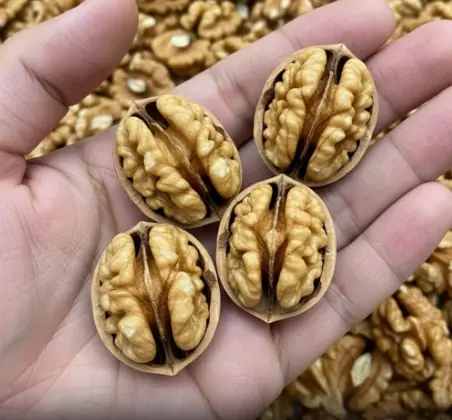
Proven Health Benefits of Walnuts, How Many to Eat, and More (Science Based)
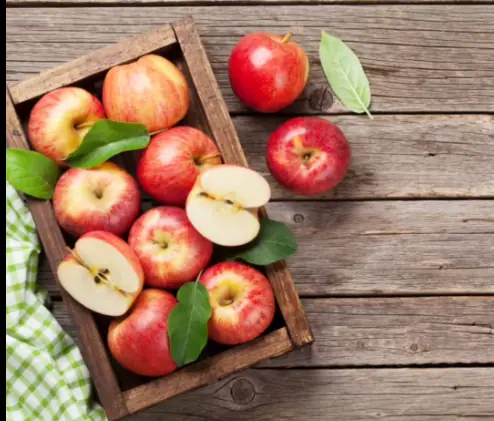
Doctors reveal that eating APPLES causes...

Four Can.cers Discovered After a Sore Thr.oat: A Man Was Shocked to Learn That Despite Regular Exercise, Three Habits Led to His Illness
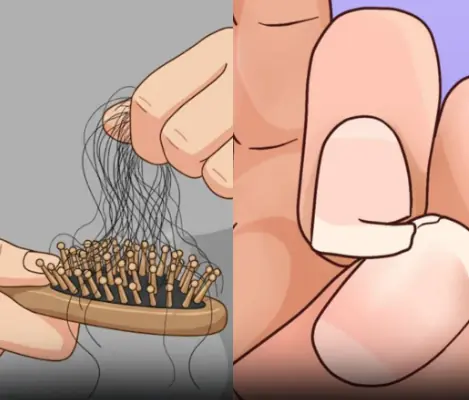
Adrenal fatigue: what it is and 17 all-natural ways to fix it fast

Important News for Everyone Who Loves a Daytime Nap

10 Stroke Warning Signs You May Notice 1 Month Before It Happens

Do your legs cramp up at night? Learn the common reasons and the best ways to prevent it.
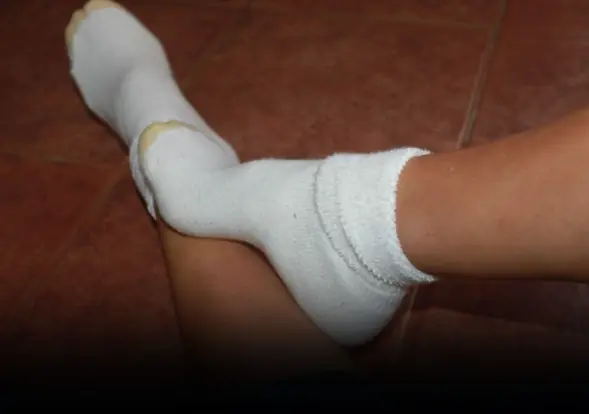
Here’s What Really Happens When You Sleep with Socks On

7 Ways How To Deal With A Cheating Husband

If Your Kidneys Are in Danger, the Body Will Show these 10 Signs
News Post

Before ca.n.cer develops, your hands and feet may show these 4 warning signs.

Should you keep the bathroom door open or shut when it’s not in use? Surprisingly, many people get this wrong.

7 FOODS THAT MAY HELP CAN:CER DIE DON’T WAIT TO EAT THEM

Play Experts reveal that eating bananas in the morning cause

If your heel hurts when you wake up or after standing for a long time, this is what your body is telling you.

Science backs it up: 3 fruits that fight fatty liver, regulate sugar and cholesterol

A 52-Year-Old Woman Di.ed from a Stro.ke: Middle-Aged People, Stop Doing These 7 Things

Doctors’ Warning After a Tragic De.ath: Don’t Drink These 4 Types of Water Before Sleeping Even If You’re Thirsty

Discover Love in the Little Things: Everyday Connections

Say Goodbye to Swelling

Proven Health Benefits of Walnuts, How Many to Eat, and More (Science Based)

Doctors reveal that eating APPLES causes...

Four Can.cers Discovered After a Sore Thr.oat: A Man Was Shocked to Learn That Despite Regular Exercise, Three Habits Led to His Illness

Little Black Bugs in the Bathroom? Here’s What They Are & How to Get Rid of Them for Good

Adrenal fatigue: what it is and 17 all-natural ways to fix it fast

Important News for Everyone Who Loves a Daytime Nap

Grapefruit Is Healthy and Generally Safe, but These 4 Groups Should Avoid It

10 Stroke Warning Signs You May Notice 1 Month Before It Happens

Do your legs cramp up at night? Learn the common reasons and the best ways to prevent it.
